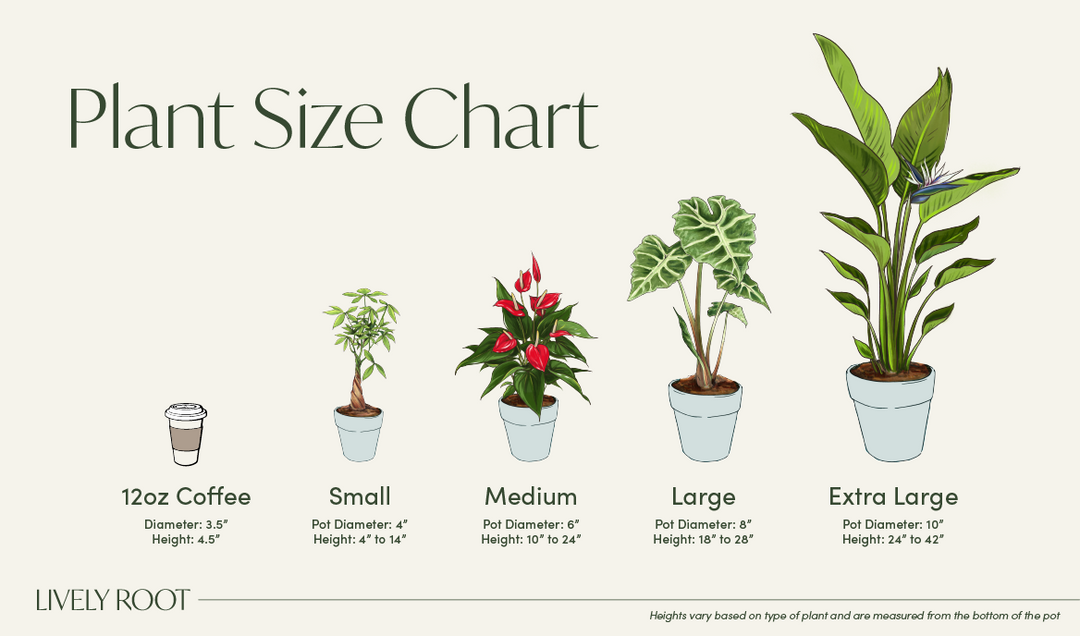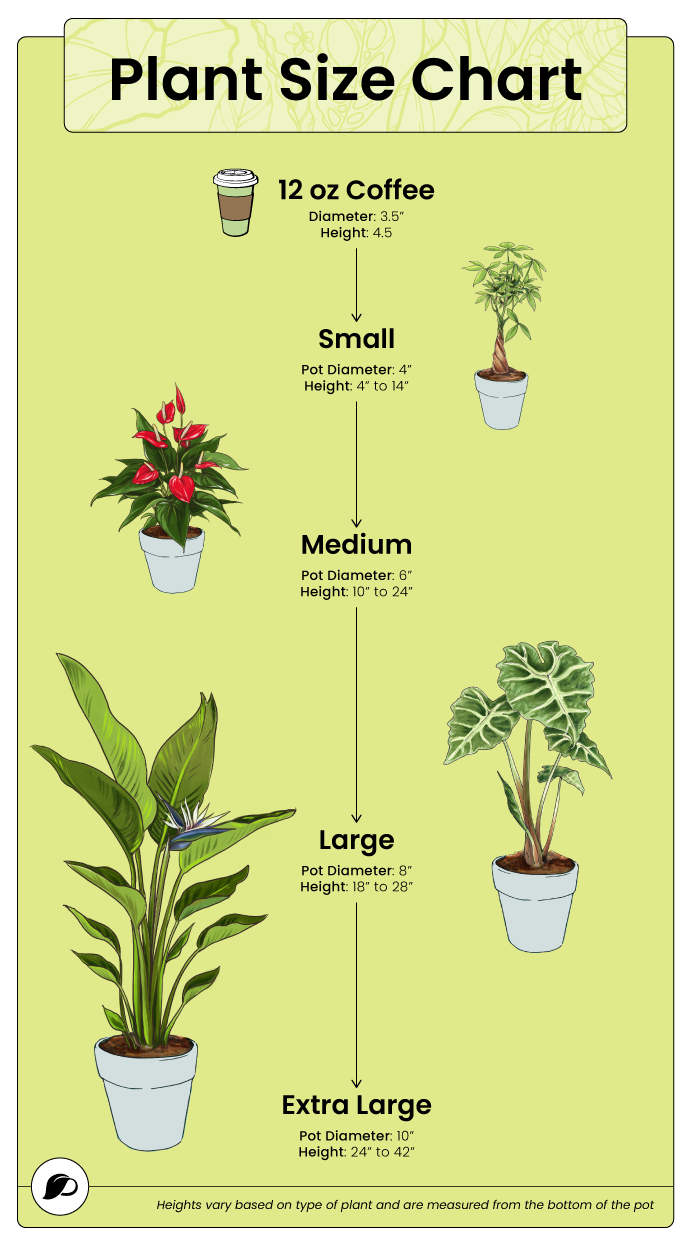Gift Card Balance
Enter the code below to redeem your gift card

Alocasia Polly, commonly known as the Elephant Ear plant, is a striking houseplant celebrated for its bold, arrow-shaped leaves with prominent white veins. Its botanical name is Alocasia amazonica ‘Polly”. This unique variety belongs to the Araceae family and is thought to have originated in tropical regions of Southeast Asia. Alocasia Amazonica Polly thrives in USDA hardiness zones 10-12, making it well-suited for warm, humid environments.
The plant typically reaches a height of 1-2 feet, making it a compact yet stunning addition to any indoor space. Alocasia Polly prefers bright, indirect light but can tolerate lower light conditions, making it relatively versatile in terms of placement. However, it does require some specific care to thrive, particularly in terms of humidity and watering, as it is sensitive to overwatering.
The Alocasia genus is often associated with protection and power, which is reflected in the plant’s sturdy, shield-like leaves. The unique leaf shape and veining patterns have led to its common nickname, African Mask Plant. It’s important to note that Alocasia Amazonica Variegated is toxic to pets if ingested.
For those looking for another striking and rare Alocasia variety, the Variegated Alocasia Frydek is an excellent choice, known for its beautiful variegated foliage.
Alocasia Polly, also known as the Elephant Ear plant, is a visually striking houseplant that requires moderate care, making it suitable for plant enthusiasts with some experience.
Alocasia Amazonica Variegated Polly prefers consistently moist soil but is sensitive to overwatering, which can lead to root rot. Water the plant thoroughly when the top inch of soil feels dry, and ensure good drainage. This plant thrives in bright, indirect light, mimicking the dappled sunlight it receives in its natural habitat. Avoid direct sunlight, as it can scorch the leaves.
Being tropical, the Alocasia Polly plant enjoys warm temperatures ranging from 65-80°F (18-27°C). It is sensitive to cold drafts and should be kept away from air conditioners or open windows in winter. High humidity levels are essential for this plant; aim for at least 60% humidity. Use a humidifier or place the plant on a tray of pebbles and water to maintain adequate moisture.
Plant your Alocasia Polly in a well-draining potting mix rich in organic matter, such as a mix of peat, perlite, and pine bark. This plant prefers slightly acidic to neutral soil. Repotting should be done every 1-2 years in the spring to refresh the soil and provide room for growth. Choose a pot that is slightly larger than the previous one to avoid excessive soil moisture.
Feed your Alocasia plant with a balanced, water-soluble fertilizer every 2-4 weeks during the growing season (spring and summer). Reduce feeding during the fall and winter when the plant's growth slows. Pruning is generally minimal, involving the removal of yellowing or dead leaves to maintain the plant's appearance and health.
Propagate Polly Alocasia by division during repotting. Gently separate the rhizomes and transplant the sections into individual pots. Keep the leaves clean by wiping them with a damp cloth to remove dust and allow for better light absorption. Common issues include leaf browning from low humidity, yellowing leaves from overwatering, and issues with pests, such as spider mites and aphids. Regularly inspect your plant and treat any pests promptly with insecticidal soap or neem oil.
The variegated Alocasia Polly, with its dramatic foliage and distinctive leaf shape, makes a stunning focal point in any indoor garden. Here’s how to integrate this plant into your home decor and some plant companions and alternatives to consider.
To complement the striking appearance of Alocasia Polly, consider pairing it with these companion plants:
If you're looking for pet-friendly alternatives to Alocasia Polly, consider these beautiful options:
Transform your space with the striking beauty and unique charm of the Alocasia Polly for sale from Lively Root!
Follow us @livelyroot & show us your #livelyroot plants

